At Home in Normandy
When I returned to France from New York, in the summer of 2016, after two years working as creative director at Oscar de la Renta, I decided to make my home at La Carlière, the 15th century manor house I bought with my husband Rambert approximately 10 years ago. Situated in the heart of the Normandy countryside, surrounded by fields and forests, it was a far cry from the exhilarating and exhausting city I had left behind.
Having grown up in a small village near Oxford, England, life outside a city was not alien to me and I was happy to exchange the sounds of sirens and honking horns for birdsong and the distant sound of a tractor harvesting crops.
However, to find myself living alone in what had previously been our weekend retreat made for a very different experience. In the past, Rambert and I would fill the house with family and friends, and if we were not entertaining we would enjoy a quiet weekend just the two of us. This meant that we had never had much opportunity to cultivate a group of local friends.
While Rambert continued to live in New York for six more months working with Marc Jacobs, I began to settle into my new lifestyle. Experiencing the luxury of time enabled me to properly discover our region of Normandy and to encounter the numerous interesting and creative people that live and work in the area. I am happy to say that several have become very dear friends and during these challenging times of the Coronavirus, it is reassuring to know that even if we are unable to meet socially, I now have a closeby community that willingly gives support and helps combat the sense of isolation that we are all feeling at this strange moment.
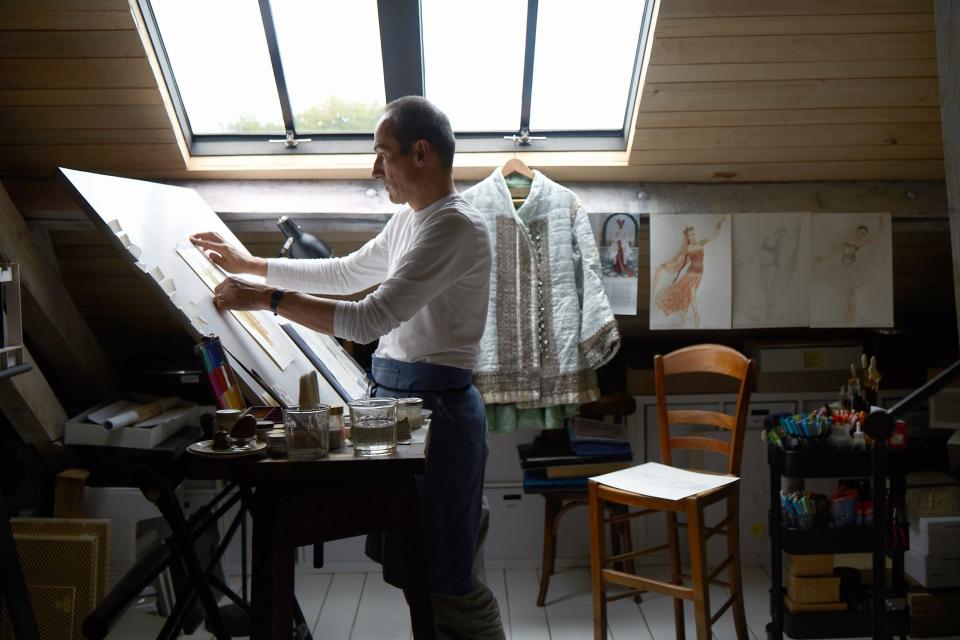

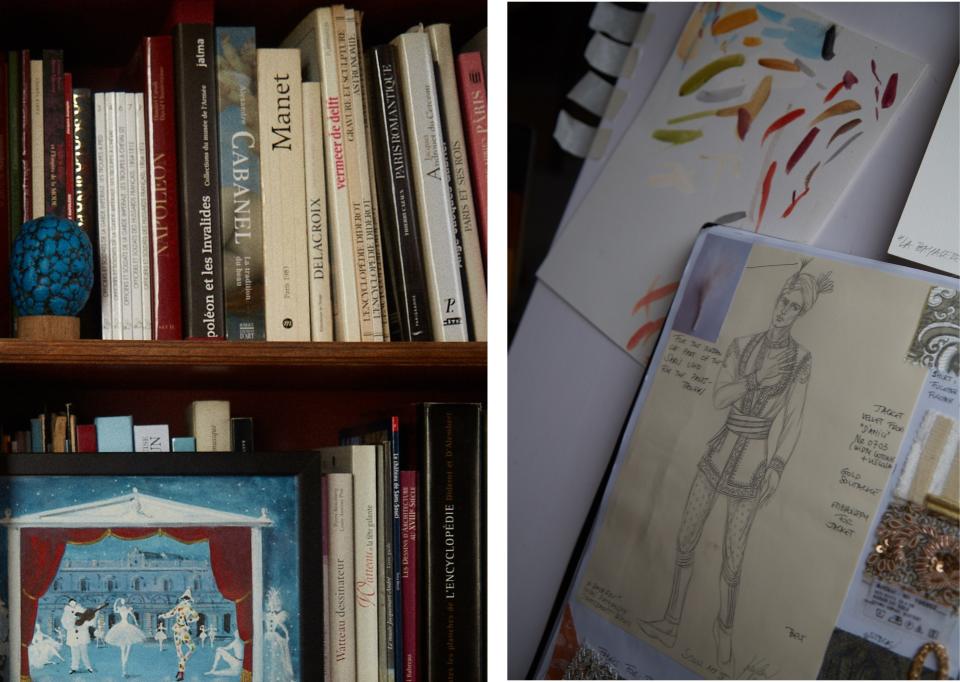


Jerome Kaplan
The Kaplans are an extremely creative family. Jerome, the father, is a renowned costume and set designer for ballet and opera. Anne, the mother, a trained cabinetmaker, has now turned her attention to running La Fabrique 61, a project teaching art and craft or technical skills to the local community. Paul, their eldest son, is part of the uber trendy design collective Gamut in Paris while Etienne, their youngest, a pastry chef, plans to embark on a culinary tour of France by mule once the confinement restrictions are lifted. Home is the beautiful 18th century presbytère in the small town of Almenêches. The Kaplans bought the house in 2014 and after two years of renovation decided to quit Paris and move permanently to Normandy. Jerome commandeered the attic space and transformed it into his working atelier, where he has completed designs for the American Ballet Theatre, Houston Ballet, The Bolshoi, The National Ballet of China, The Comédie Française on productions such as Swan Lake, The Nutcracker, Romeo and Juliet (to name but a few). The space is full of books and paints, vintage costumes, and eccentric objects from which Jerome draws inspiration. It also houses his own archive, meticulously filed for his own reference. A set of drawings for the Staastballett's production of La Bayadère, his current project, hang alongside his drawing table, and costumes from L'Ane et le Ruisseau float majestically from the beams. Looking at the house from its exterior, one would never imagine the creativity that takes place within its walls—creations that have graced stages throughout the entire world, all designed in this small unassuming Norman town.
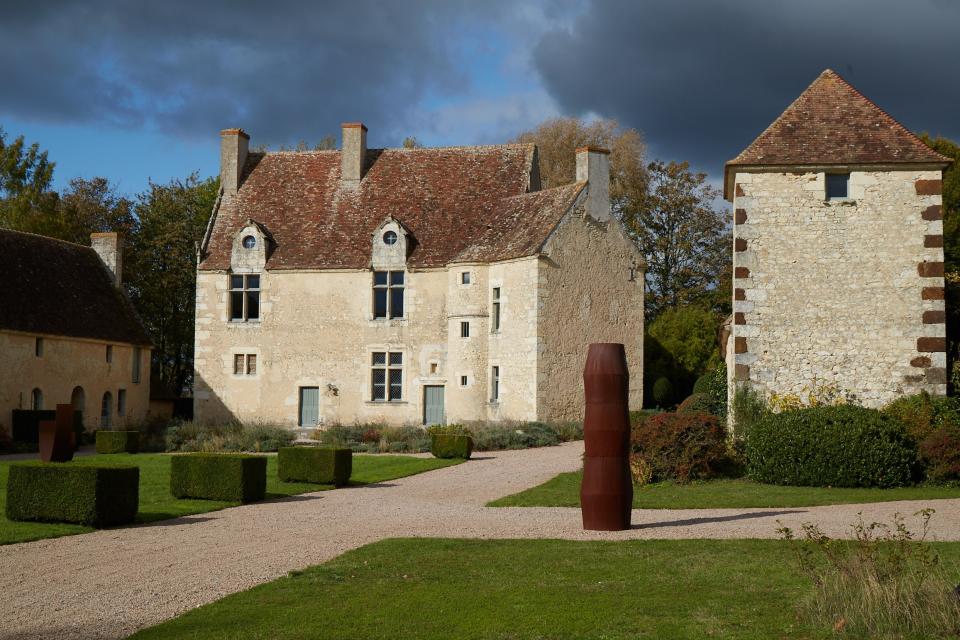
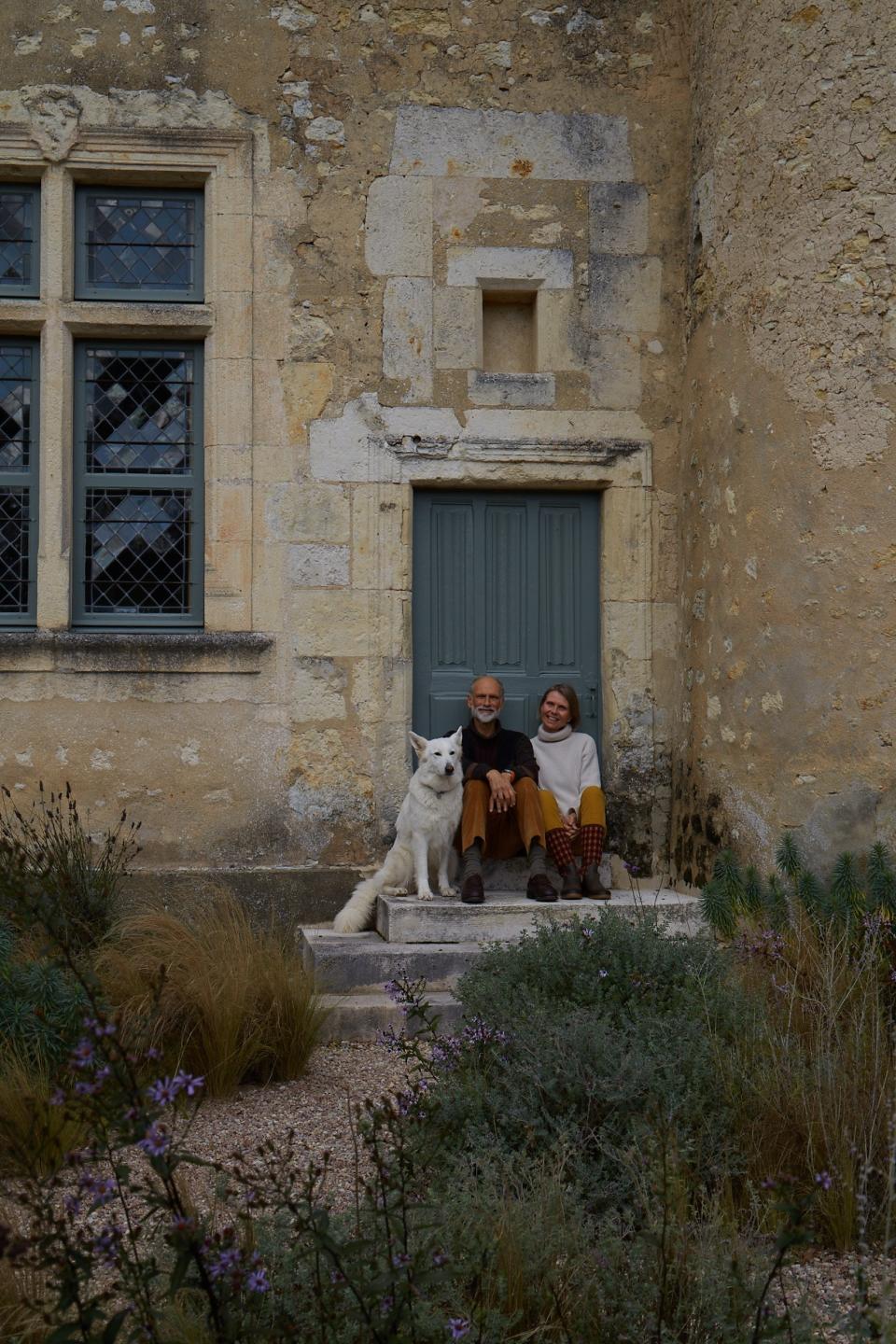
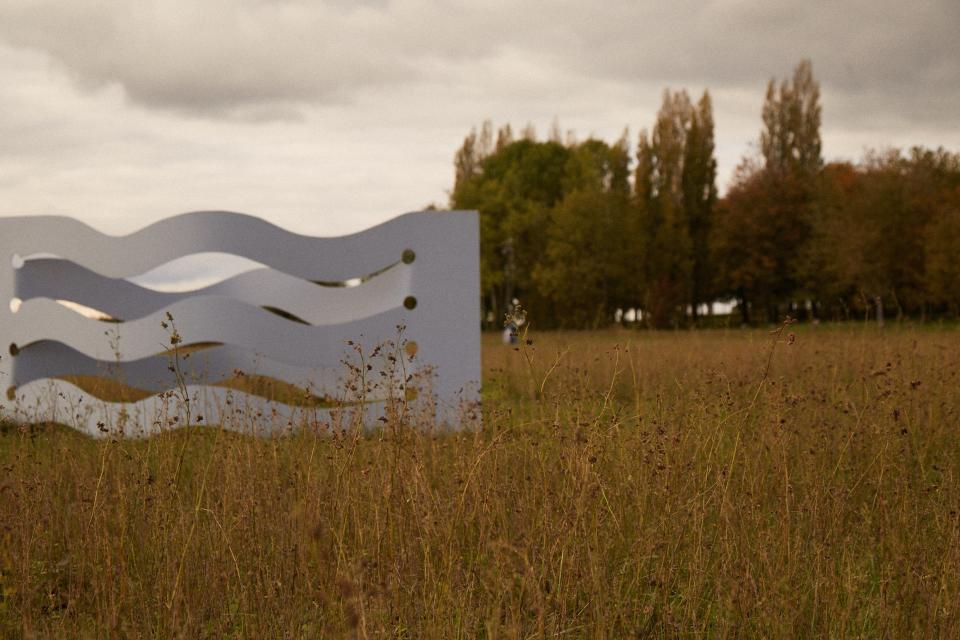

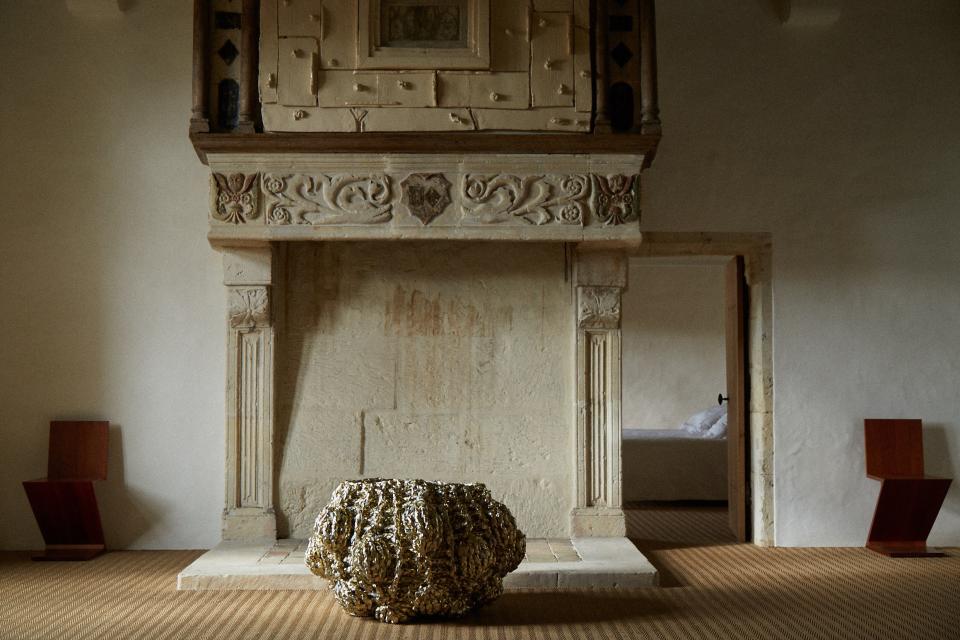




Aline & Olivier Le Grand
Le Manoir de Soisay, just outside the small village of Le Perrière, was constructed circa 1530 and is now the home to Aline and Olivier Le Grand. Although their time is divided between Soisay and their other property just outside Paris, Aline describes it as their "center of gravity" and the place where they want to be. It is easy to understand why. After several years of renovation, they have created an environment of perfect harmony where the manoir, the garden, the trees and the surrounding landscape share equal importance. Beyond being purely a home, Aline and Olivier wanted to give Soisay an additional dimension, and the house and garden provide the perfect backdrop for their collection of contemporary art. Partly inspired by the 1986 exhibition "Chambre d'Amis" organized by Ghent's Municipal Museum of Contemporary Art, where around 50 inhabitants of the city put their homes at the disposal of a like number of artists, the Le Grands have also offered artist residencies to break away from the traditional conserving exclusivity of museums and to place art within a social context. Since 2007, they have invited over 30 young artists to stay at the manor, and during the summer months the place is a hive of activity when courses of yoga, writing, and singing are also offered along with classical concerts that take place in their barn. Soisay’s artistic community not only inspires Aline and Olivier on a daily basis, but also the many visitors that they welcome each year.
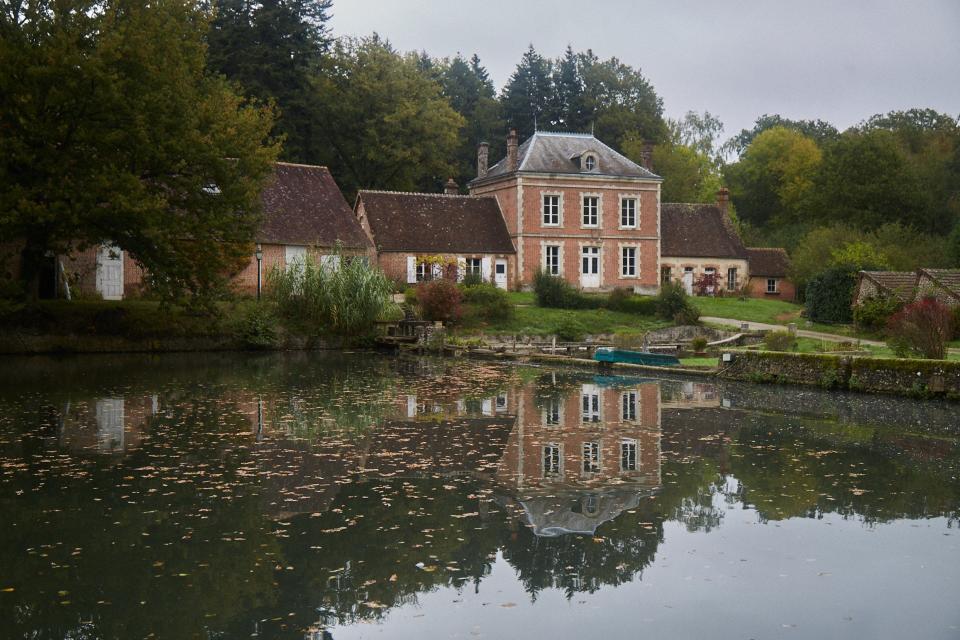
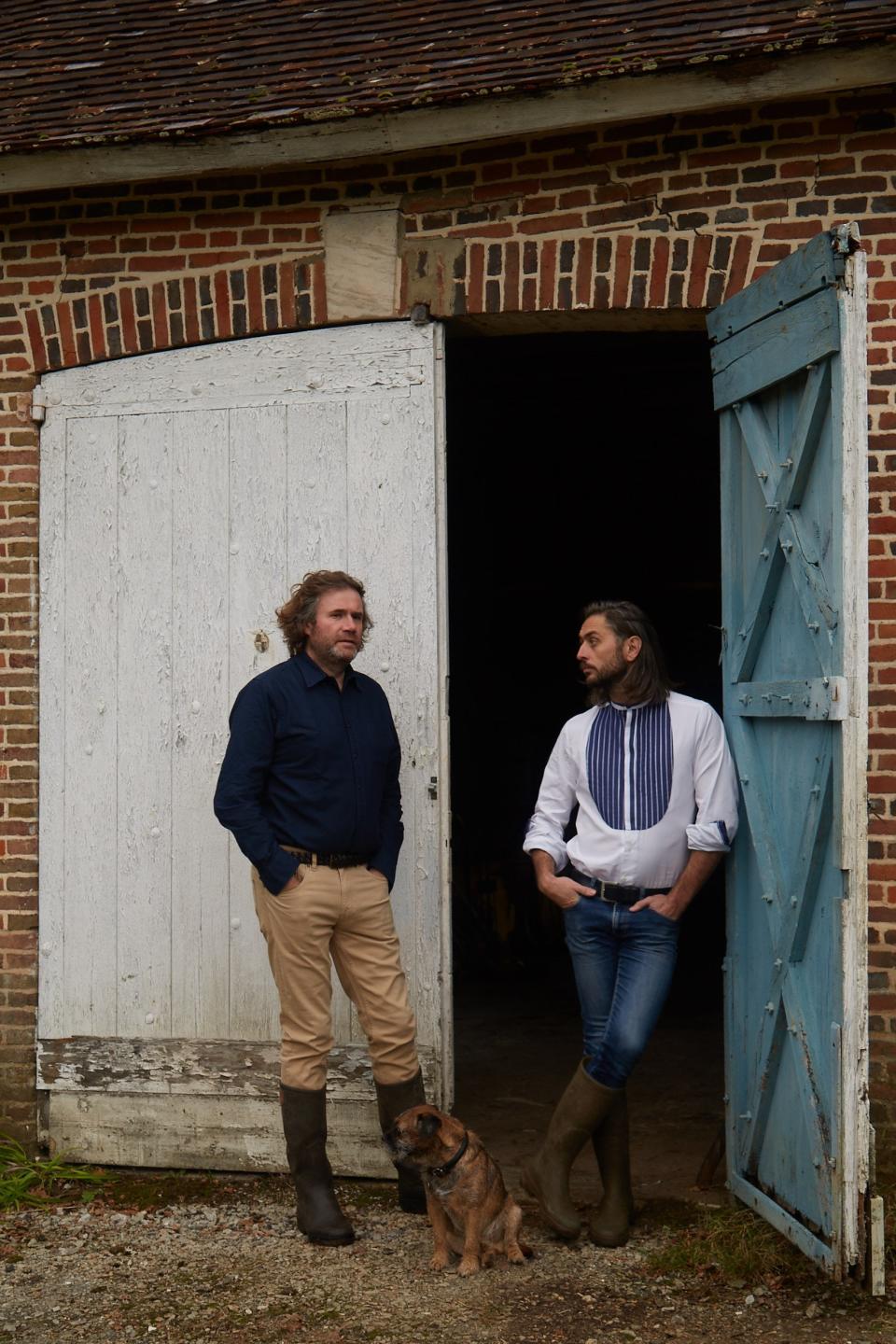

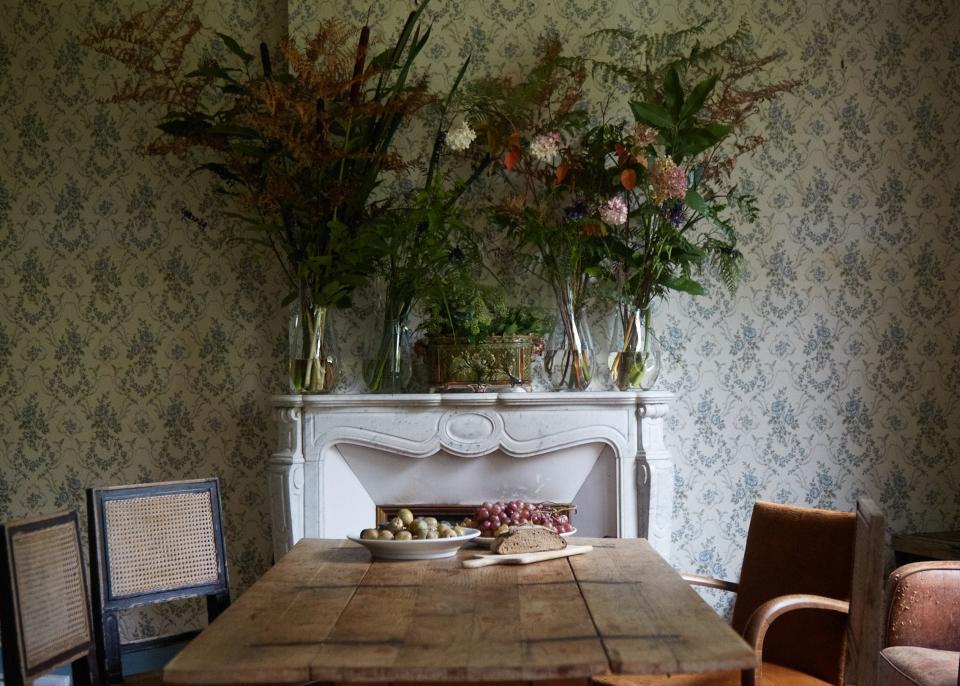


Stephane Chapelle
Stephane Chapelle has always been my "go-to" florist. His boutique on Rue Richlieu in the heart of Paris, and the garden-like display he creates every day on the sidewalk, makes me feel happy whenever I pass by it. When I heard that Stephane and his partner Luc Duperrois had recently purchased La Forge de Bellegarde, situated only half an hour away from me, I was more than excited. Nestled in a valley and surrounded by rivers and lakes, it was formerly a freshwater fish farm; in its early 20th century heyday it employed over 75 people. Neglected over the years, Stephane and Luc found La Forge in a sorry state, but they have already started to bring it back to life. Constructed in red-brick and of a perfect "doll’s house" proportion, the interior reveals a myriad of rooms, each one decorated with an individual wallpaper. The Toile de Jouy in the small sitting room echoes the surrounding landscape. The space that they have now acquired allows them to experiment creatively and also to prepare for large-scale events. Stephane and Luc plan to start growing their own flowers and foliage, making them virtually sustainable. The forge is a very special place, and I know with Stephane's vision and talent it will become even more beautiful.
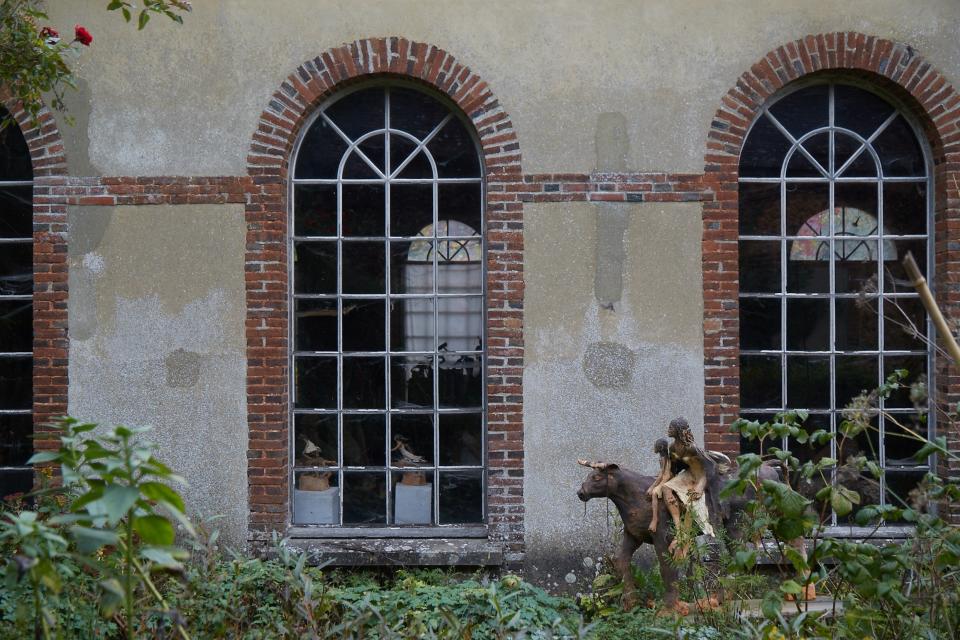


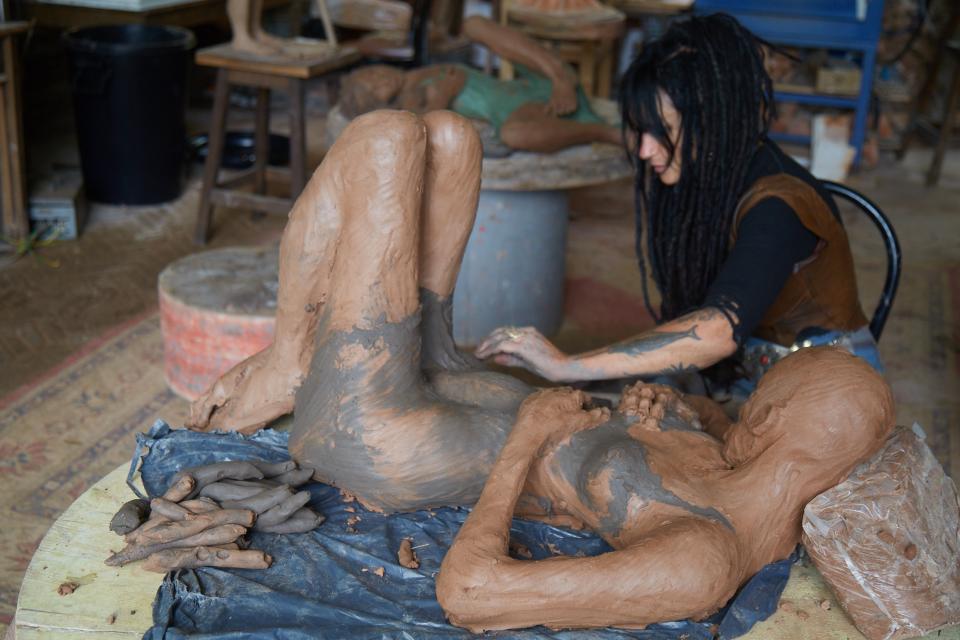
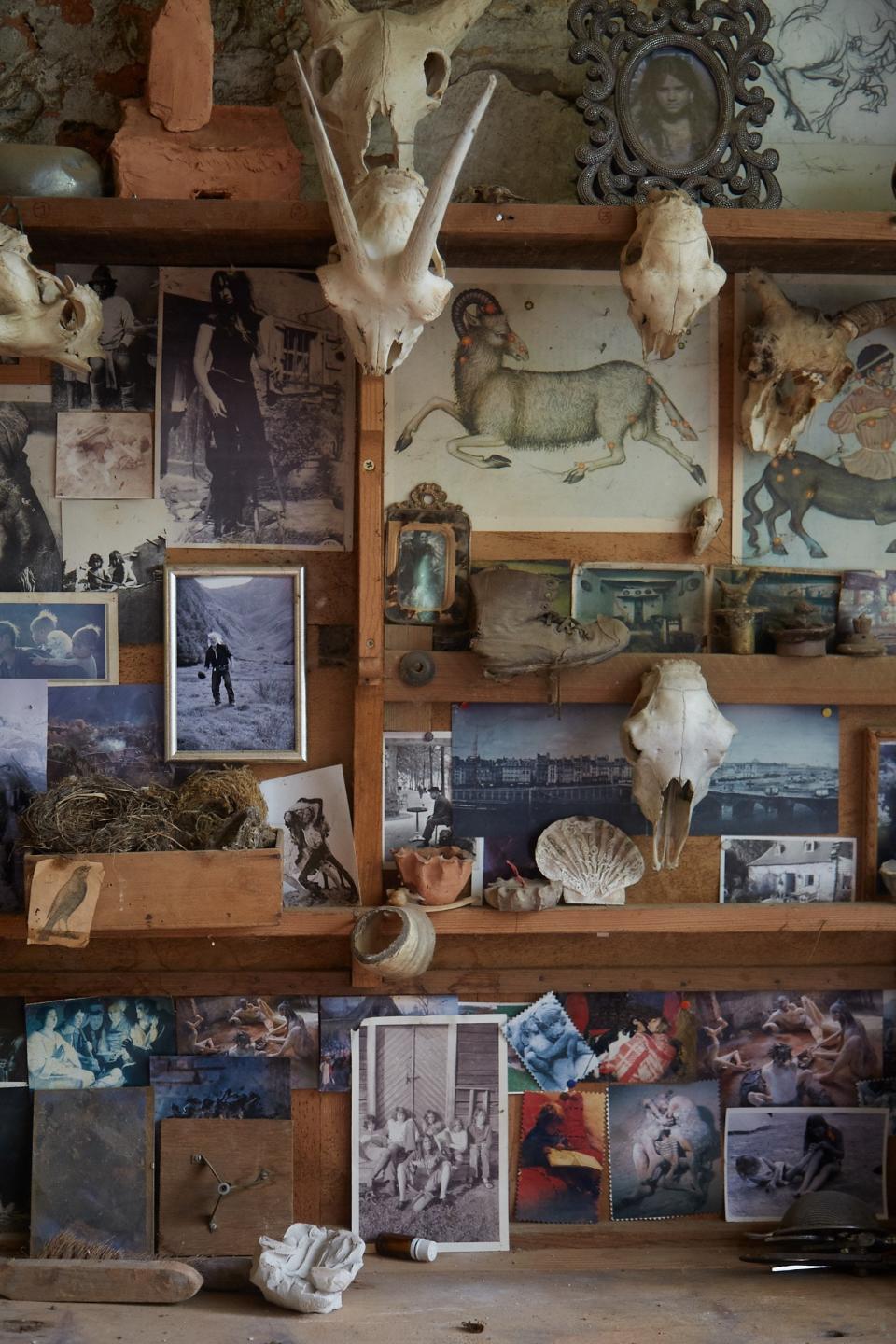


Fanny Ferre
Fanny Ferre, a sculptor, lives and works just outside the town of L'Aigle in what was once the old Bohin factory, where sewing pins were manufactured. Not dissimilar to La Forge of Luc and Stephane, the building is surrounded by water and still shows the vestiges of its industrial past. Ferre spends most of her day in a large light-filled atelier adjoining the property where she creates her sculptures of Nomadic families. It is mesmerizing to observe Fanny at work, to see her hands working the clay, her chosen medium. At the end of last year, she finally ventured back to her atelier after a period of mourning following the death of her longtime partner artist Patrice Brien. Her current project is for her own garden, where she is creating a series of reclining female figures which, with time, will become engulfed by vegetation. Ferre's environment defines her work, and the atelier's proximity to water has long inspired her fascination with water gatherers. One of Fanny's most impressive works is a life-size procession of wayfaring characters which highlights their struggle and desperate search for water. It feels even more poignant during this crucial time of climate change. As much as Ferre enjoys the solitude of her working space, she is more than happy to share her home. She and her daughter are planning to offer residencies—currently on pause amid the coronavirus— which will allow a lucky few to come and learn and to experience her unique world.

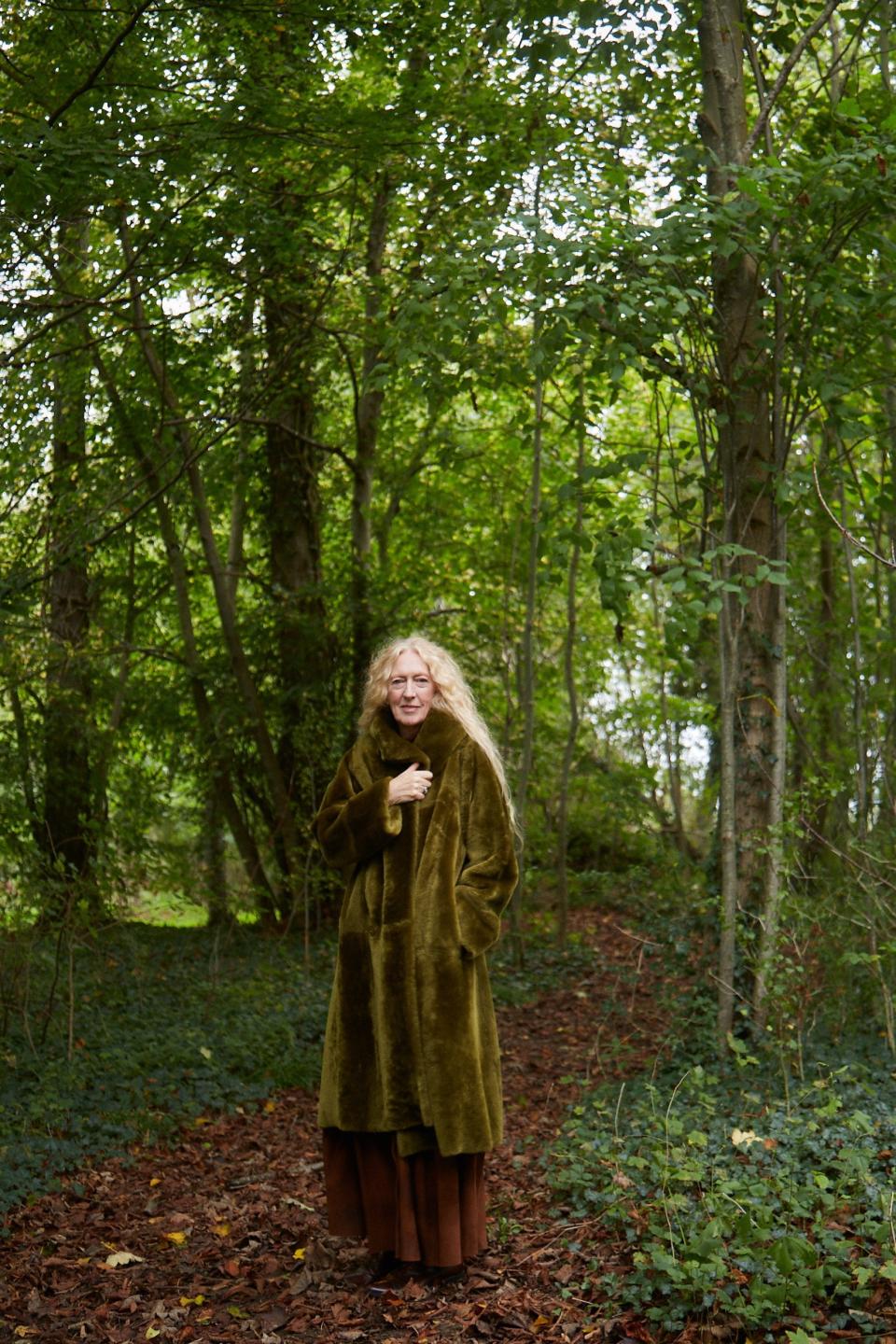

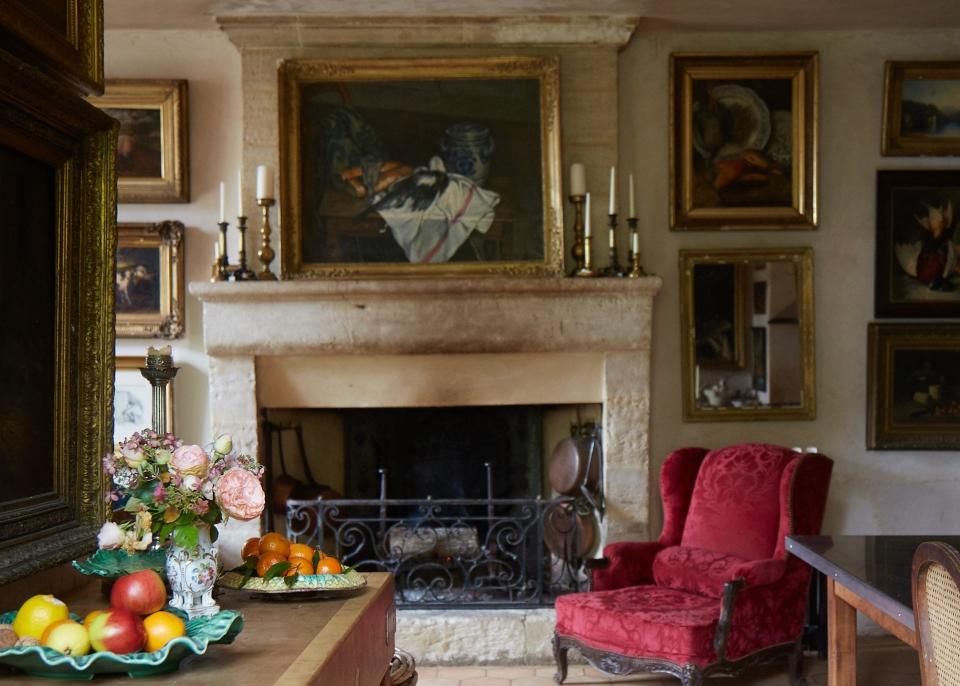
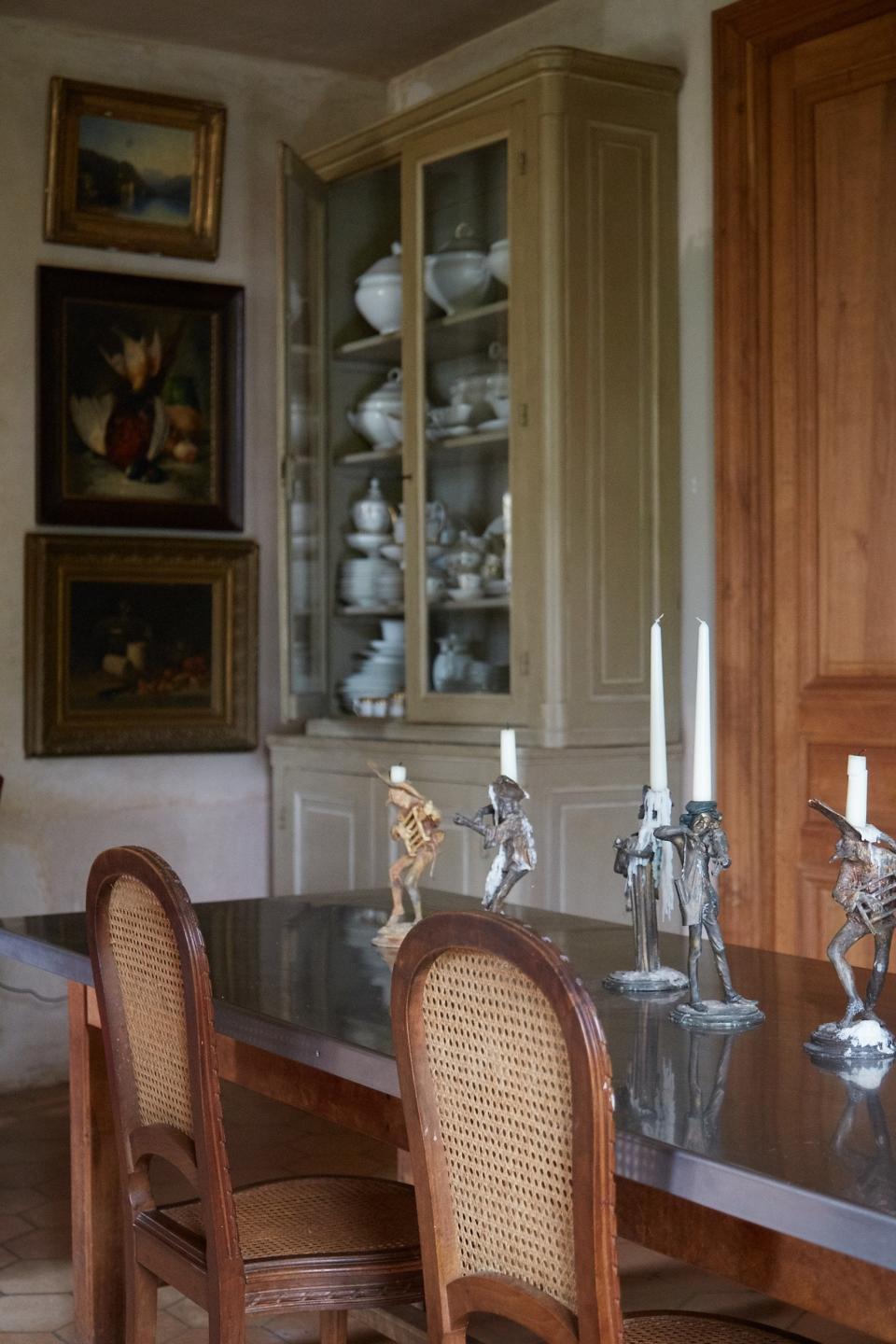




Brenda Knight
I had heard of Brenda Knight, the “eccentric Englishwoman who lives in a chateau and works in fashion" long before we actually met. When at a local flea market I noticed a striking woman approaching, I knew it had to be Brenda. Long flowing flame-colored hair, a full length sheepskin coat, and the chocolate standard poodle in tow were the outward signs that gave her away. Since our serendipitous meeting we have become great friends (or partners in crime, as it could be more accurately described). We are both passionate about antiques and regularly encourage one another in unnecessary purchases. In Normandy, Brenda lives at Chateau de Tercy, a handsome 18th century castle not far from the historic town of Argentan, which she bought while vacationing in the region with her late husband and three boys. Her husband was Nigel Preston, and together they ran the highly successful brand Maxfield Parrish from a studio created in the sprawling attics of the chateau. When Nigel passed away in 2008, Brenda decided to continue the company, renaming it Nigel Preston in his honor. Beautiful sheepskins and supple leathers worked in interesting and innovative ways are still very much the signature of the brand. Brenda's time is spent traveling between London, where she still has a home, and India, where the collection is produced, but it is at Tercy where she most enjoys being and finds the inspiration that she requires.
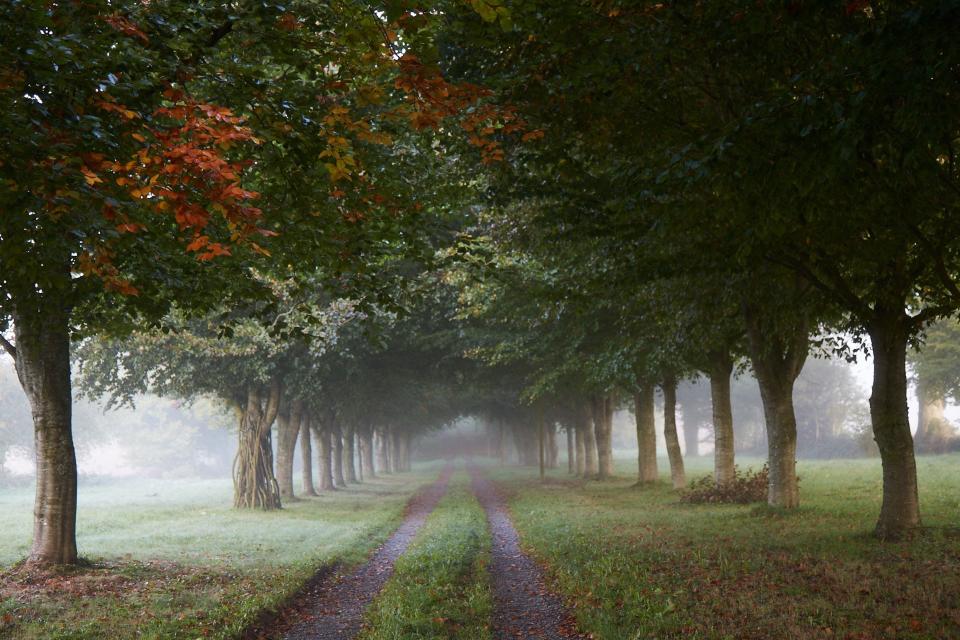

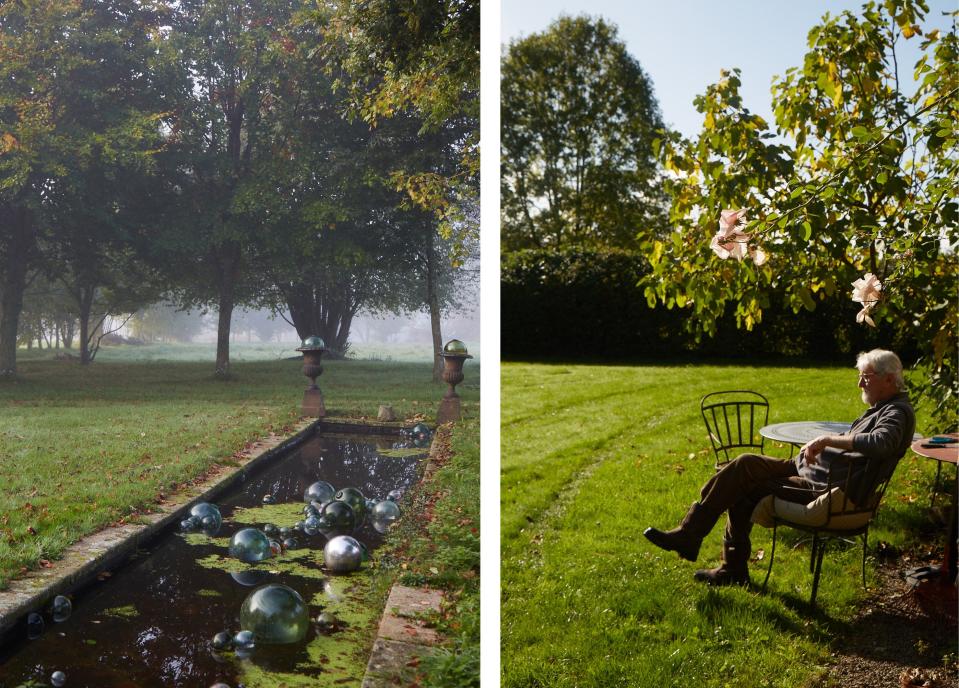
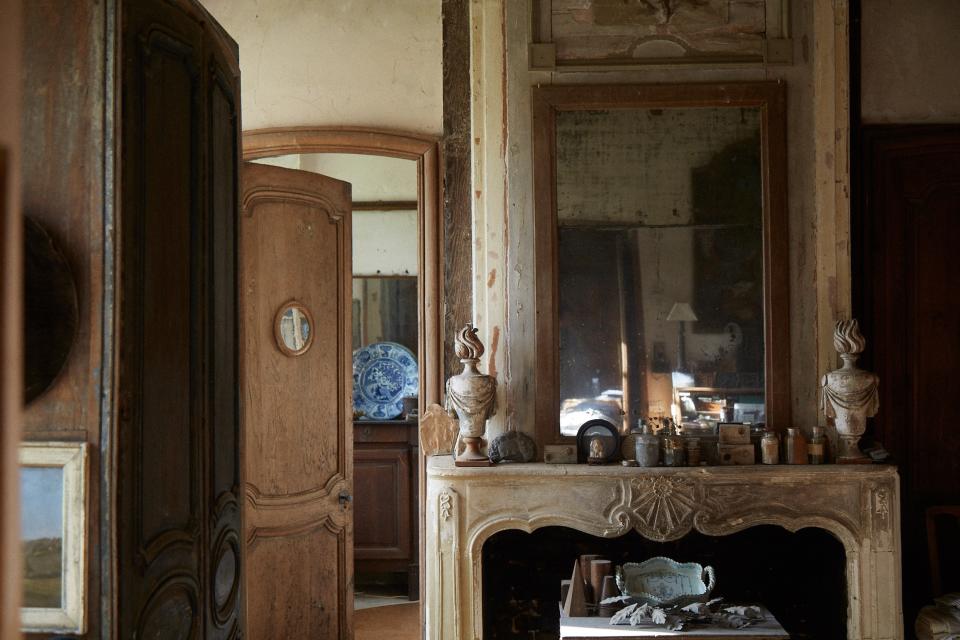





Peter Gabrielse
After an ornate gateway at the end of a long avenue of beech trees, Le Chateau, home to artist Peter Gabrielse, reveals itself in romantic grandeur. Set deep in the countryside close to Flers, the house is a sleeping beauty that has largely escaped the ravages of modern day living. A Dutch native, Peter has lived at Le Chateau for over 20 years; it acts as both his home and atelier. Producing what he describes as "Cabinet d'Imagination," the phrase "life imitating art" immediately springs to mind and could not be a more fitting way to describe Peter's unique lifestyle. His imaginary interiors, made from reclaimed or repurposed elements, reflect the very special atmosphere he has created at Le Chateau. Fireplaces, an antique chair, even his cherished Delft ceramics have all been interpreted in miniature to form his "Box Sculptures." The house, furnished with antiques, gives the appearance that time has stood still. Only recently did Peter succumb and install central heating in one wing of the house. But however antiquated Le Chateau may appear on the surface, Peter has a deft hand for giving his interiors an unexpected spin: A set of modern prints hang above an 18th century settee, their intentional disconnect giving an unexpected dynamic. These twists make a visit to Peter at Le Chateau an extremely memorable experience.
Originally Appeared on Vogue

